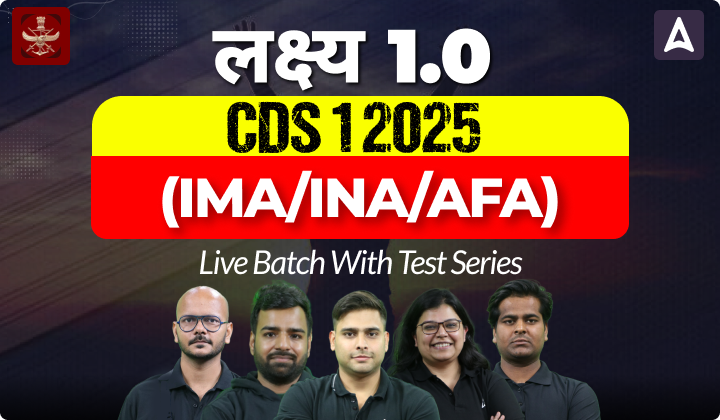Chandrayan -3 Successfully Launched by ISRO
India’s historic and intricate lunar expedition, Chandrayaan-3, has begun its journey towards the moon. The mission, consisting of a propulsion unit, a robotic lander, and a rover, was launched from India’s Satish Dhawan Space Centre on the morning of July 14 2023. If all goes as planned, the mission will achieve a soft landing on the moon on either August 23 or August 24. Success in this endeavour would be a significant achievement for India, as it would make them the fourth country, following the Soviet Union, the United States, and China, to successfully land a probe on the moon.
Objective of Chandrayaan-3 Mission
The Indian Space Research Organisation (ISRO), the operator of Chandrayaan-3, has outlined three primary objectives for the mission, which has a budget of approximately $77 million USD. These objectives include safely landing near the lunar south pole, deploying and demonstrating the rover’s operation, and conducting on-site scientific experiments during a single lunar day, equivalent to approximately 14 Earth days.
Journey of Chandrayaan-3 Mission
Before Chandrayaan-3 reaches its destination, there are several crucial steps to be completed. ISRO has divided the approximately 40-day journey into three phases: the Earth-centric phase, the lunar transfer phase, and the moon-centric phase.
Phase 1, comprising the prelaunch, launch, ascent, and Earth-bound manoeuvre stages, is partially completed, with Chandrayaan-3 making five orbits around Earth to gradually increase its distance from the planet. The final orbit will set the spacecraft on a trajectory towards the moon in Phase 2, known as the lunar transfer phase.
Once in lunar orbit, Phase 3, the moon-centric phase, will commence. Chandrayaan-3 will orbit the moon four times, progressively approaching the lunar surface with each revolution. However, a direct route from Earth’s orbit to the moon is not possible due to the moon’s extremely thin atmosphere. To achieve a lunar landing, Chandrayaan-3 will execute an engine burn, transitioning into a circular orbit approximately 62 miles (100 kilometers) above the lunar surface. Subsequently, the lander and rover will separate from the propulsion module.
The lander will gently touch down in the moon’s south polar region at a speed of under 5 mph (8 kph). Meanwhile, the propulsion module will remain in lunar orbit to maintain communication with the rover and lander. Additionally, Chandrayaan-3 will utilize the orbiter from the Chandrayaan-2 mission, which arrived at the moon in 2019, as a backup communications relay. Chandrayaan-2’s lander-rover duo, unfortunately, crashed during their lunar touchdown attempt in September 2019.
Following the landing, the Chandrayaan-3 rover will commence its scientific investigations. Equipped with its own scientific payloads, such as the LASER Induced Breakdown Spectroscope (LIBS) for analyzing the lunar surface’s chemical composition and the Alpha Particle X-ray Spectrometer (APXS) for studying rocks and soil, the rover will carry out its assigned tasks. Simultaneously, the lander will conduct its own scientific work, utilizing instruments like the Radio Anatomy of Moon Bound Hypersensitive Ionosphere and Atmosphere (RAMBHA) to measure plasma at the lunar surface and the Chandra’s Surface Thermophysical Experiment (ChaSTE) to analyze the thermal properties of the south polar region.
Additionally, the Instrument for Lunar Seismic Activity (ILSA) will measure the moon’s seismicity, contributing to our understanding of its crust and mantle structure. In the background, the LASER Retroreflector Array (LRA), provided by NASA, will collect data to aid researchers in comprehending the moon’s dynamics.
With Chandrayaan-3’s solar-powered lander and rover set to land in late August, ISRO Chairman Sreedhara Panicker Somanath explained that the chosen landing dates of August 23 or 24 align with the lunar sunrise, allowing for an optimal working period of 14 to 15 days. However, if landing on these dates proves unfeasible, a one-month delay until September will be considered. Notably, ISRO has made several improvements since the Chandrayaan-2 mishap, including reinforcing the lander’s legs, enhancing landing-speed tolerance, and adding new sensors to measure approach speed.




 CDS Previous Year Question Papers, Downl...
CDS Previous Year Question Papers, Downl...
 AOC Result 2025 Out, Download Link Activ...
AOC Result 2025 Out, Download Link Activ...
 NDA 1 Admit Card 2025 Out, Download NDA ...
NDA 1 Admit Card 2025 Out, Download NDA ...












